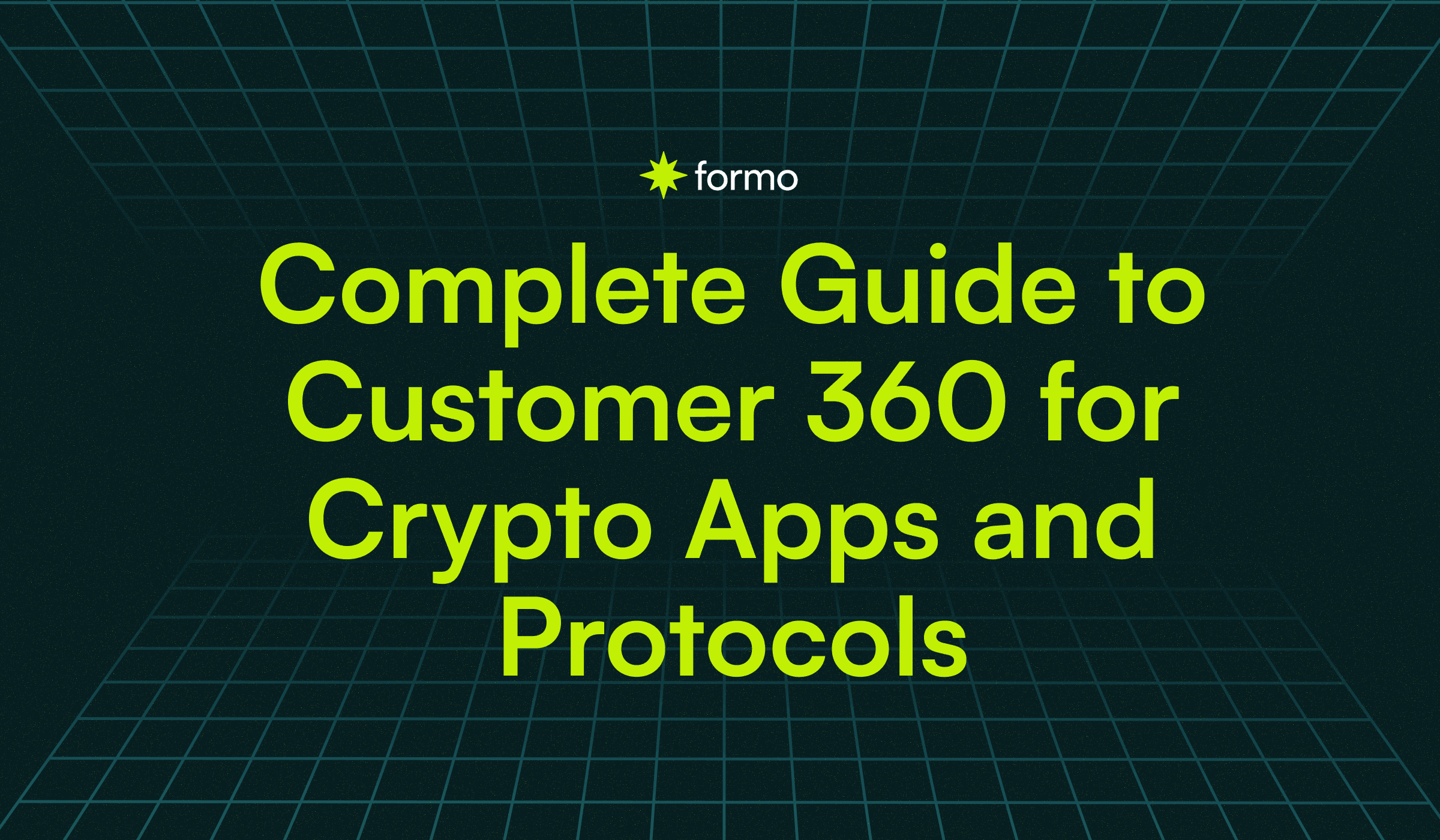The Product Engagement Score (PES) quantifies user interactions by integrating product adoption, stickiness, and growth into a single score. PES provides a comprehensive view of engagement, enabling you to assess performance, identify opportunities, and drive data-driven improvements.
Tracking PES helps product teams measure impact, enhance user experience, and align with customer needs. In this article, we’ll explore why engagement metrics matter, how to define engagement, and how to leverage analytics for actionable insights and sustainable growth.

What Is a Product Engagement Score?
The Product Engagement Score (PES) measures how users interact with a product by combining 3 key engagement indicators:
Adoption Rate: Tracks the average number of core events users engage with. For example, on an e-learning platform, this could mean the number of lessons completed per user.
Stickiness: Indicates how frequently users return, calculated as DAU/WAU, DAU/MAU, or WAU/MAU. A higher stickiness score signals ongoing product value.
Growth Rate: Represents user acquisition and retention trends by measuring the ratio of new and renewed accounts to churned accounts.
These product metrics together help you identify strengths, reduce friction, and work toward product-market fit by providing a holistic view of product engagement. Since PES tracks quantitative engagement trends, integrating it with user feedback enables you to refine features, enhance communication, and create seamless user experiences.

Why Tracking PES Matters
Monitoring PES provides insight into user behavior, helping drive growth, retention, and a better user experience. Here’s why it’s important:
1. Unlock Expansion Revenue Opportunities
A high PES indicates engaged users who are more likely to upgrade or purchase additional features. By analyzing PES, you can:
Identify which user segments are most likely to upgrade.
Offer targeted in-app prompts for premium features.
Provide trials for advanced features to encourage adoption.
Use tiered pricing to drive upsells.
Cross-sell complementary products to engaged users.
Offer time-sensitive promotions to nudge upgrades.
Focusing on highly engaged users maximizes revenue potential without increasing acquisition costs.
2. Identify Product-Qualified Leads (PQLs)
Unlike traditional leads, PQLs have already interacted with your product and shown intent to convert. PES helps identify these high-value prospects by:
Analyzing usage patterns to find engaged users.
Comparing PES across different customer segments (e.g., startups vs. enterprises).
Helping sales teams prioritize high-conversion accounts.
For example, if a segment of trial users has a significantly higher PES than others, they’re more likely to convert. Your sales team can then prioritize outreach, improving efficiency.
3. Reduce Customer Churn
A declining PES serves as an early warning system, allowing you to:
Identify at-risk users before they leave.
Collect feedback to uncover friction points.
Improve user retention strategies by addressing engagement drops.
By monitoring PES, your customer success team can proactively reach out to disengaged users with support, education, or incentives to keep them engaged.
4. Improve the Product Experience
PES helps assess how well your product resonates with users by analyzing engagement trends over time. This allows you to:
Improve usability and UX.
Optimize product functionality based on real user behavior.
Refine onboarding to boost adoption.
Measure the impact of new features and updates.
If PES drops after a product update, it may indicate usability issues, a confusing interface, or poor communication about changes.
How to Calculate PES
PES is calculated as the average of Adoption, Stickiness, and Growth. To get an accurate PES, it's critical to measure it separately for different user segments, as engagement can vary widely across different groups.
Step 1. Measure adoption

Adoption reflects how much of your product’s core features are being used by active users. It’s calculated as:
(Avg. number of core events adopted per active user) / (Total core events available).

This calculation helps you determine whether users engage with key product features and find them valuable.
Step 2. Measure stickiness
Stickiness measures how often users return to your product. It’s calculated as:
DAU/WAU (for daily-use products)
WAU/MAU (for less frequent usage)

A higher stickiness score reveals that users integrate your product into their routine, reducing churn.
Step 3. Measure growth
Teams evaluate net user expansion by determining Growth using a quick ratio:
(New + Recovered Users) / Dropped Users.

This formula shows whether your product is successfully acquiring and retaining users over time.
Final PES Calculation
Once you have the three metrics, calculate PES as:
(Adoption + Stickiness + Growth) / 3

What’s a “good” product engagement score (PES)?
A strong PES typically falls between 70 and 80 (on a scale of 0 to 100), showing that users adopt the product frequently and contribute to steady revenue growth. Engaged customers are 64% more likely to make repeat purchases. However, rather than relying solely on the overall score, analyze PES across different user segments (e.g., promoters vs. detractors, enterprise vs. SMB accounts) for deeper insights.

How to Increase Product Engagement Score?
1. Optimize First-Time User Experience (FTUX)
A user’s first experience with your product determines whether they stay or churn. A poor FTUX leads to lower retention, higher support costs, and negative word-of-mouth.

How to create a seamless onboarding process:
Personalize onboarding by segmenting users based on their needs and guiding them with tailored interactive tutorials.
Simplify navigation by collaborating with your customer success team to ensure users can easily find and use key features.
Provide contextual support to help users overcome friction points and quickly reach their first "Aha!" moment.
A smooth FTUX reduces time to value (TTV) and encourages users to engage deeper with your product.
2. Assess Your Product-Market Fit (PMF)
No engagement strategy can compensate for a weak product-market fit. Ensuring your product truly solves a need for your target audience is the foundation of sustainable growth.
Here’s how to refine your PMF at different stages:
Early stage: Focus on validating your core value proposition by gathering feedback from early adopters and iterating based on their insights.
Growth stage: Once you’ve established a clear audience, balance acquisition with retention to prevent churn from outpacing growth.
Maturity stage: Explore new markets or enhance your product’s capabilities to meet evolving user needs and sustain long-term engagement.
3. Educate and Engage with Product-Led Content
Product-led content helps users discover and understand your product’s value naturally. Instead of hard selling, focus on providing educational, actionable content that builds trust and drives adoption.
Here are some content formats to consider:
Interactive tutorials to guide users through essential workflows.
Engaging video content featuring customer success stories and best practices.
Webinars and online events with industry experts and power users sharing insights.
By mixing different formats, you can engage users with valuable, relevant content that suits various learning styles.
4. Engage and Re-Engage Users Across Channels
Your users interact with content across multiple platforms—don’t limit engagement to your product alone. A multichannel approach increases brand visibility and strengthens user relationships.
Social media: Announce feature launches, share insights, and engage with users in real-time.
Email campaigns: Re-engage inactive users with personalized messages, reminders, or special offers.
Community forums: Foster discussions and provide support, building a loyal user base.
This omnichannel strategy ensures that users stay connected with your product beyond their in-app interactions.
5. Personalize the Customer Experience with User Segmentation
Generic messaging no longer works. Today’s users expect tailored experiences that address their specific needs. Segment users based on in-app behavior and trigger targeted messages accordingly.

Examples of personalization:
New Users: Customize the onboarding experience by highlighting key features relevant to their needs.
Repeat Users: Encourage engagement by nudging them toward underutilized features that enhance product value.
High-Value Users: Offer exclusive perks, premium content, or loyalty rewards to improve retention and revenue.
At-Risk Users: Detect early signs of churn and re-engage them with proactive support, personalized offers, or incentives.
6. Use Qualitative Data to Understand User Behavior
While analytics can show what users are doing, qualitative data helps uncover why they behave that way. Combining both creates a more comprehensive understanding of user needs.
Collect insights through:
Product analytics to collect direct user activity.
User interviews to explore pain points and motivations.
Support interactions to identify recurring issues.

The Product Engagement Score (PES) gives Product Managers a concrete way to measure the impact of marketing, development, and user experience efforts. As a critical metric for understanding user interactions and product experiences, PES helps you evaluate adoption, stickiness, and growth to refine your go-to-market strategies and boost user retention.
Formo streamlines user engagement tracking with cutting-edge tools such as user segmentation, user profiles, funnel, and cohort analysis, making data-driven decisions easier across Web3 teams.
Follow us on LinkedIn and Twitter, and join our community to learn how Web3 teams turn insights into action with Formo!
FAQs
1. What is Product Engagement Score (PES) in Web3?
Product Engagement Score (PES) is a composite metric that quantifies user interactions with your Web3 product by integrating three key indicators:
Adoption Rate: Measures how many core features users engage with.
Stickiness: Indicates user retention through ratios like DAU/WAU or DAU/MAU.
Growth Rate: Assesses user acquisition and retention trends.
In Web3, PES helps evaluate how effectively users interact with decentralized applications (dApps), NFTs, DeFi protocols, or DAOs.
2. How is PES calculated for Web3 products?
To calculate PES:
Adoption: Determine the average number of core events (e.g., transactions, staking, minting) users engage with.
Stickiness: Calculate user retention using DAU/WAU or DAU/MAU ratios.
Growth: Compute the growth rate by dividing the sum of new and recovered users by dropped users.
Then, average these metrics:
PES=Adoption+Stickiness+Growth3\text{PES} = \frac{\text{Adoption} + \text{Stickiness} + \text{Growth}}{3}PES=3Adoption+Stickiness+Growth
This formula provides a holistic view of user engagement formo.so.
3. Why is PES important for Web3 product teams?
PES offers several benefits:
Holistic Engagement View: Combines adoption, retention, and growth metrics into a single score.
Actionable Insights: Identifies areas for improvement in user experience and feature adoption.
Data-Driven Decisions: Guides product development and marketing strategies based on user behavior.
By monitoring PES, Web3 teams can optimize onboarding processes, enhance feature adoption, and reduce churn formo.so.
4. What constitutes a "good" PES in Web3?
A strong PES typically ranges between 70 and 80 on a 0–100 scale. This indicates that users are frequently adopting features, returning regularly, and contributing to steady growth. However, it's crucial to segment PES by user cohorts (e.g., early adopters vs. late adopters) to gain deeper insights into engagement patterns formo.so.
5. How can Formo help track and improve PES?
Formo offers tools to:
Visualize Engagement Trends: Monitor PES over time to identify patterns.
Segment User Cohorts: Analyze PES across different user groups to tailor strategies.
Optimize Onboarding: Use PES data to refine onboarding processes and enhance user retention.
By leveraging Formo's analytics, Web3 projects can make informed decisions to boost user engagement and product success.





